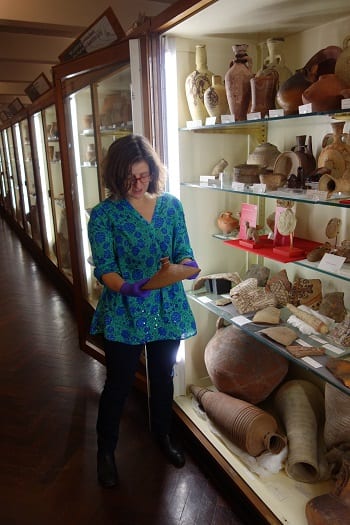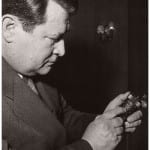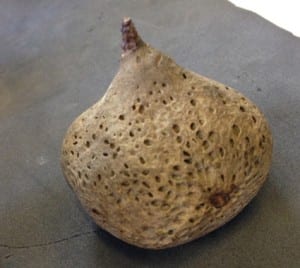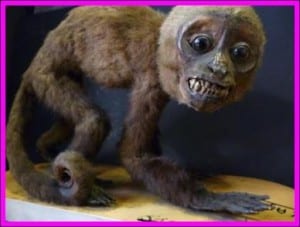This guest blog has been written by Kelsey Svaren, a placement student who has been working with us over the past few months.
Hi, my name is Kelsey and I am current MA Museum Studies student here at UCL. As part of my program, I am required to undergo a placement where I work on a museum related project. I have spent the last month working closely with Nick Booth, curator of the Electrical Engineering Collections at UCL. I have spent this time researching the numerous thermionic valves in the collection.
Before I started my placement, I had a vague idea of what a thermionic valve is. I knew that it could be used in technologies, such as radios and telephones, to receive and amplify radio signals. Other than that, I was pretty clueless. Since I have started my placement, I have learned more about thermionic valves than I ever thought I would!
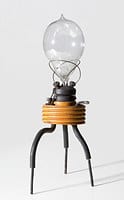
One of Flemings original experimental valves.
The thermionic valve is especially important to UCL, because it’s inventor, John Ambrose Fleming was a professor at UCL and helped to develop the Electrical Engineering Department that we see today.
(more…)
 Close
Close


